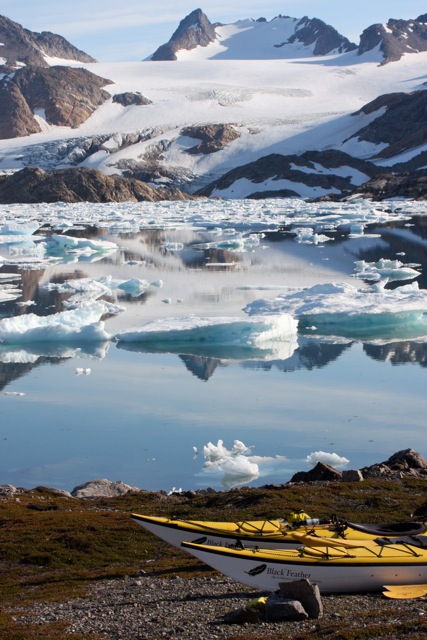“Confluence Watersports, parent company to eight market-leading paddlesports brands, today announced that it has been acquired by J.H. Whitney Capital Partners, LLC (“J.H.Whitney”), a private equity firm based out of New Canaan, Conn.
The company will be re-named Confluence Outdoor and will continue in its commitment to the watersports market, with an expanded vision to grow the business into a full-service outdoor recreation company.
“We are very pleased to be brought into the J.H. Whitney family,” said Sue Rechner, who will continue in her role as President & CEO of the newly formed Confluence Outdoor. “Confluence has always been an active and invested member of the outdoor industry, and we are fortunate that our new partnership with J.H. Whitney will enable us to build upon our success in paddlesports as a platform for future expansion. Their respect for and commitment to our industry is well demonstrated, and I feel certain that our shared excitement will foster continued growth and achievement for Confluence and the industry.”
The company’s operations and facilities – including manufacturing, design and engineering, research and development, customer service, sales and marketing teams – will remain in its current Greenville, S.C., location. Confluence Outdoor will continue to invest and play an active leadership role in paddlesports and the outdoor recreation industry.
“We have had our eye on a partnership with Confluence for years,” said Paul Vigano, Senior Managing Director at J.H. Whitney. “The company has been such a significant and flourishing player in this space, and we have an immense respect for Sue and her team. J.H. Whitney has long been passionate about the outdoor recreation industry, and we are excited to support continued success and growth for the new Confluence Outdoor. I have no doubt that with our combined strengths and knowledge, we will accomplish all we’ve set out to do and more. We look forward to being a part of building that future, both for Confluence Outdoor and for the outdoor community as a whole.”
For more information on Confluence Outdoor, please visit www.confluenceoutdoor.com.
About Confluence Outdoor
Confluence Outdoor is the result of the blending of eight unique watersports brands: Wilderness Systems®, Perception®, Dagger®, and Wave Sport® kayaks, Mad River Canoe®, Adventure Technology® paddles, Bomber Gear and Harmony® accessories. With a full representation of canoes, kayaks, and paddling apparel and accessories, ranging from touring and recreational to high-performance whitewater products, the Confluence brands are well suited to fully outfit paddling enthusiasts throughout all phases of their paddling life. For more information about the company, please visit www.confluencewatersports.com.
About J.H. Whitney & Co.
J.H. Whitney, established in 1946, was one of the first U.S. private equity firms pioneering the development of the private equity industry. Today, J.H. Whitney remains privately owned and its main activity is to provide private equity capital for small and middle market companies. J.H. Whitney is currently investing its seventh private equity fund, J.H. Whitney VII, L.P., for major endowments, foundations, pension plans, and high net-worth families. Investment activities are focused on small and middle market buyouts of market leading companies that are poised for growth in a number of industries including consumer products and retail, healthcare services, specialty manufacturing and business services.”






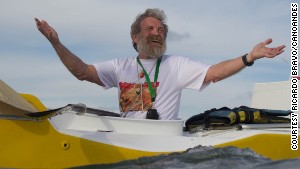 Just three years after setting the world record for longest duration ocean crossing in a kayak—and becoming just the fourth person to kayak across the Atlantic (and only the second, after Peter Bray’s 2001 crossing, to accomplish the feat enitrely under paddle power, without sail)—the 67-year-old was at it again.
Just three years after setting the world record for longest duration ocean crossing in a kayak—and becoming just the fourth person to kayak across the Atlantic (and only the second, after Peter Bray’s 2001 crossing, to accomplish the feat enitrely under paddle power, without sail)—the 67-year-old was at it again.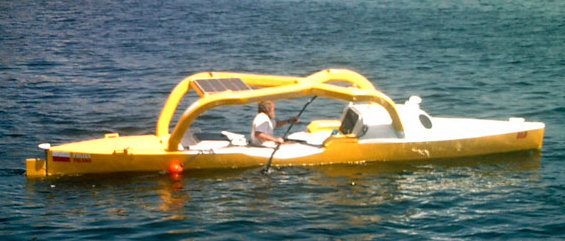

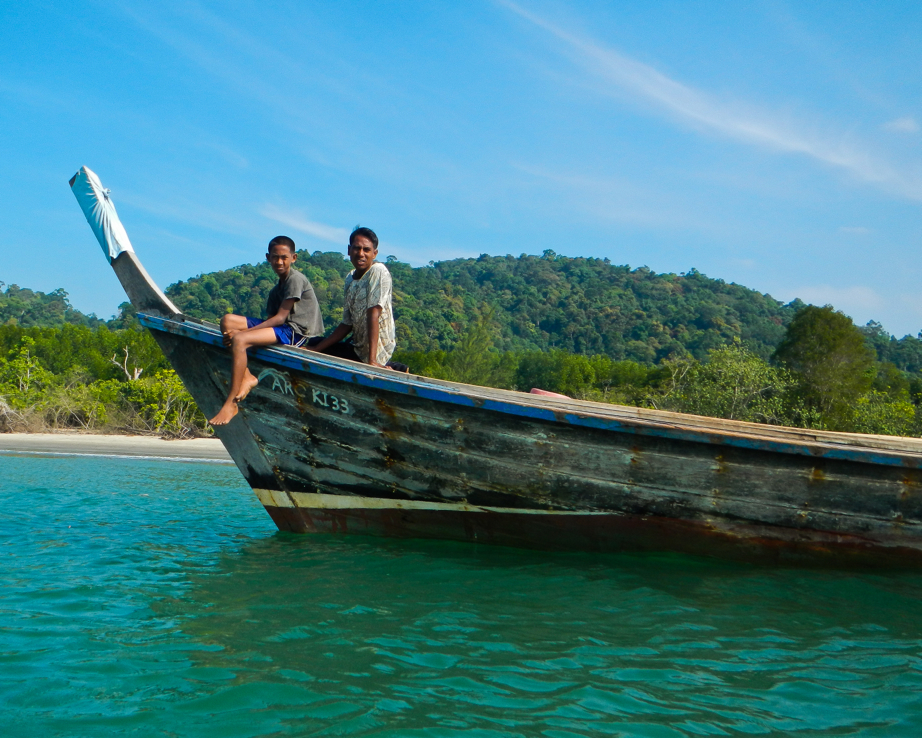



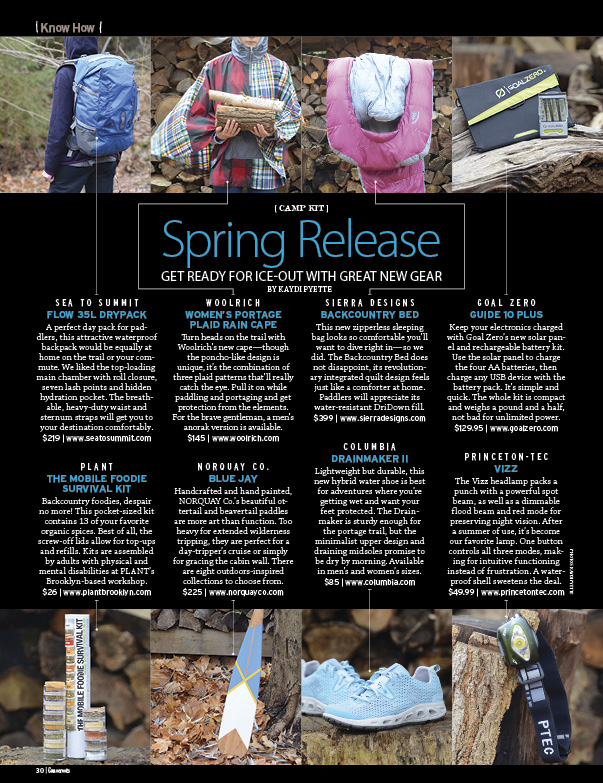 This article originally appeared in Canoeroots and Family Camping, Spring 2014. Get more great gear reviews by downloading our free
This article originally appeared in Canoeroots and Family Camping, Spring 2014. Get more great gear reviews by downloading our free 
